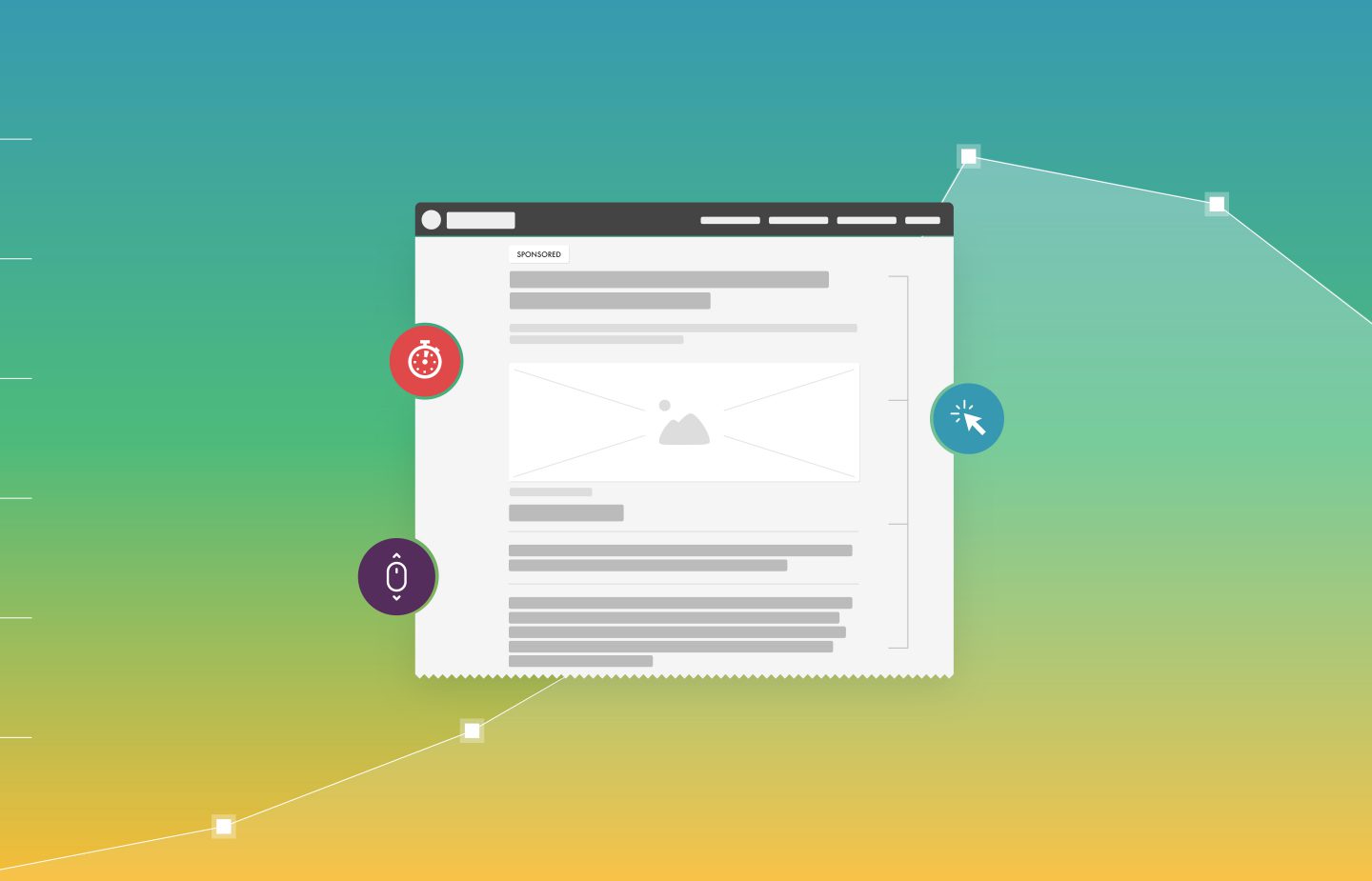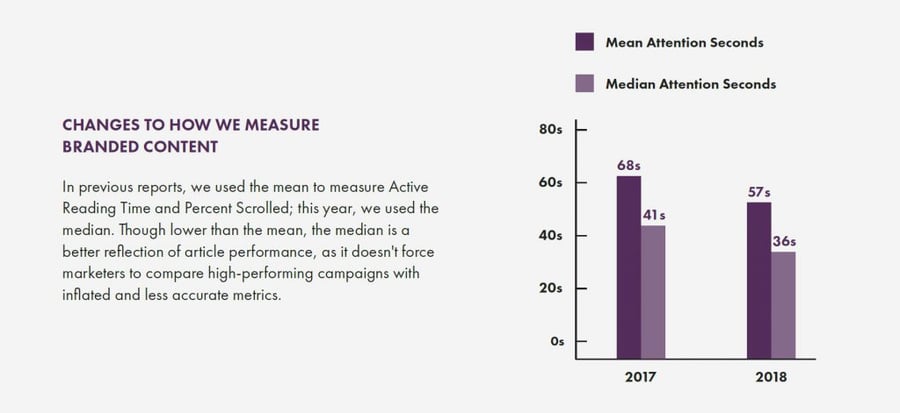
2018 Branded Content Benchmarks Report (Infographic)
This newly updated infographic highlights the most important branded content benchmarks for marketers.
There’s a reason why Pressboard’s unofficial motto is ‘we believe in stories, not ads.’ Whether spoken, written, photographed or filmed, stories are a powerful bonding tool. Storytelling is how we make sense of the world around us — but more importantly, it’s how we connect with and build empathy for others.
Our team’s belief in the power of a well-crafted story is what motivated us to build a platform that makes it easier for brands to team up with publishers to create and measure branded content. We’ve worked with over 250 digital publishers across North America to distribute content to millions of people, which has given us a constantly growing database of information on how branded content actually performs.
Since releasing our first Branded Content Benchmarks Report in 2016, we’ve received positive feedback from marketers and media companies across the globe who found our data useful for evaluating their own branded content campaigns.
This year’s report uses data pulled from over 2000 pieces of sponsored content created through Pressboard’s platform to show how the content performed overall. This 2018 report aims to go beyond mere data and impressions, however; its goal is to help marketers better understand the metrics and benchmarks they should be using to measure branded content.
A More Accurate Way to Measure Time Spent
There are a few shifts in the methodology of the 2018 Branded Content Benchmarks Report that should be addressed. When deciding what to use as the benchmarks in previous years, we used the mean to measure Active Reading Time and Percent Scrolled, whereas this year we used the median.
The difference between the two is that while the mean reflects the average of the data, the median reflects the middle value (or the number that separates the highest and lowest values in the data set). Our data experts realized that, though lower than the mean, the median was a more accurate representation of article performance. In other words, high-performing campaigns weren’t always getting the credit they deserved since they were being compared to more inflated (and therefore less accurate) metrics. As such, we advise marketers to benchmark against these lower median numbers.

Lower Time Spent Due to Higher Click-through Rates
While attention metrics have decreased this year, click-through rates are sky-high. The reason behind this is that across all stories published through Pressboard, advertisers can now use trackable URLs within the copy itself rather than just the footer. By using this data to optimize stories in order to lead to more conversions, many advertisers have been able to cause readers to convert away from the content sooner and reach the brand’s site at a faster rate.
There isn’t a full report for 2018, but the infographic below breaks down a few of the key insights we found:

Get your Content Marketing Fix
Sign up to receive tips on storytelling and much more.
We promise to respect your inbox.


